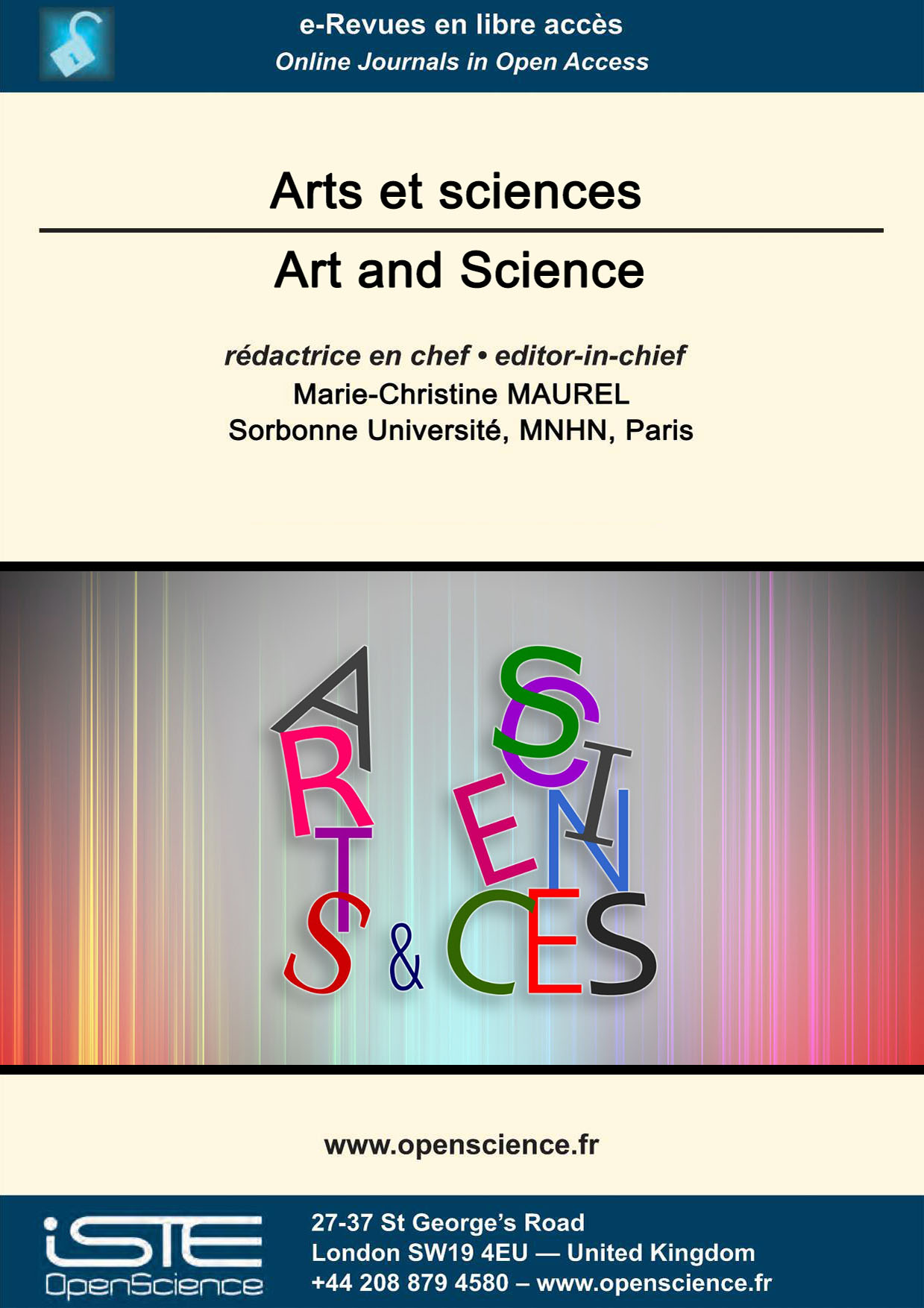

Social Sciences and Humanities > Home > Art and Science > Issue
Most dinoflagellates have complex life cycles (figures 5, 12), comprising free swarmer cells, non-mobile coccoid forms, and resting cysts (figures 24,25). Many species exhibit bioluminescence (’blue tears’ figures 15-19) and may produce toxins that accumulate through the food chain, manifesting as shellfish poisoning syndromes (Note 2). Most free-living forms are mixotrophic, with capacity of photosynthesis and obtaining nutrients from their environment. Symbiotic dinoflagellates form a symbiotic relationship with corals; cessation of the two-way operatives will lead to coral bleaching (figures 11-14), and demise of our coral reef ecosystems. The dinoflagellate swarmer cells have two flagella which perform a whirling movement (Greek = dino) (figures 1-4), enabling them to conduct vertical migration between different water bodies to access better nutrient patches. Many species are counter-intuitively sensitive to turbulence, and tend to aggregate in stagnant water, or as in the case of symbiotic dinoflagellates habituated inside their coral hosts. Vast ’blooms’ of dinoflagellates often end as waters shallow, or they transform into ’resting’ cysts that sink to benthic sediments to await more favourable conditions. This bloom-to-cyst life cycle is adopted as the storyline in this ScienceArt Commune, focusing on the concept of ’self-one’ and ’farewell my concubine’ (figure 6). Individuals within a bloom (Figure 18), despite appearances, are not identical, as different parts within the water body is different. Some cells are closer to the surface with higher irradiance and exposure, while others are screened by the bloom and face potential anaerobic conditions near the bottom. The moving average(s) are composed of different self-ones, as well as perceived self-images, perhaps photo-acclimatised and changing in photopigment composition. Fare-well con combine the different life cycle stages, they are all the same dinoflagellates, with different epigenetics and transcriptomes.
Some scenarios of science fiction films, episodes of television series, or documentaries are based on and, or develop the theme of extraterrestrial civilizations’ research and discovery and their various consequences. The present study discusses their likelihood and implausibility by reviewing facts versus fiction in movies and television series. Some selected films were classified into two categories, depending on the location of the fictional discoveries of the remains of extraterrestrial civilizations: on Earth or other planets. Results highlight that while fiction movies are often inspired by controversial ufological theories such as that of ancient astronauts, some of them also emphasize scientific concern such as the risk of biological contamination.
Hermann Fol was a very accomplished Swiss naturalist of the late 19th century, but today is largely forgotten. He was a student of the notable biologists Édouard Claparède and Ernst Haeckel, and like them, specialized in the study of marine organisms. Fol is known only among embryologists for his description of fertilization in echinoderms. In reality, his work ranged well beyond such studies to encompass diverse taxa of the marine plankton, illustrated with remarkable scientific artwork, and included designing various scientific devices. Fol worked on human embryology, light penetration in seawater, methods of reducing microbial contamination of drinking water, and development of a rabies vaccine. His career was marked by a long series of disputes with contemporary naturalists and was relatively short, ending at age 47 with a mysterious disappearance. Here I provide a review of his contentious life, his scientific work, his scientific art, his scientific inventions, and his role in establishing Villefranche-sur-Mer as a center of marine science. The life and work of Hermann Fol is shown to be an example of the very wide-ranging activities of 19th century naturalists, and the apparent dangers of an over-sized ego.
Is the approach of the scientist, in this case, the archaeologist, and that of the artist when they discover a prehistoric site, truly so distant? To comprehend a space, it is necessary to gauge what already exists. If this element serves as a clue for the archaeologist, how is it perceived by the artist attempting to understand it? Visual artist Charlotte Pringuey-Cessac and prehistorian Bertrand Roussel discuss their respective approaches to the Terra Amata site, within the framework of an exhibition they presented from December 6, 2019, to May 17, 2020, titled "Bruit originaire" (Original Noise). Even if the origin of humanity is probably forever concealed from us, it does not prevent us from wanting to approach it. It seems that there is a similar and shared intention between the artist’s practice and that of the prehistorian. Whether in the artist’s intention or the archaeologist’s, the idea of promise persists in the very practice of each.

2025
Volume 25- 9
Issue 12024
Volume 24- 8
Special issue2023
Volume 23- 7
Issue 12022
Volume 22- 6
Issue 12021
Volume 21- 5
Special issue2020
Volume 20- 4
Special issue2019
Volume 19- 3
Issue 12018
Volume 18- 2
Issue 12017
Volume 17- 1
Issue 1